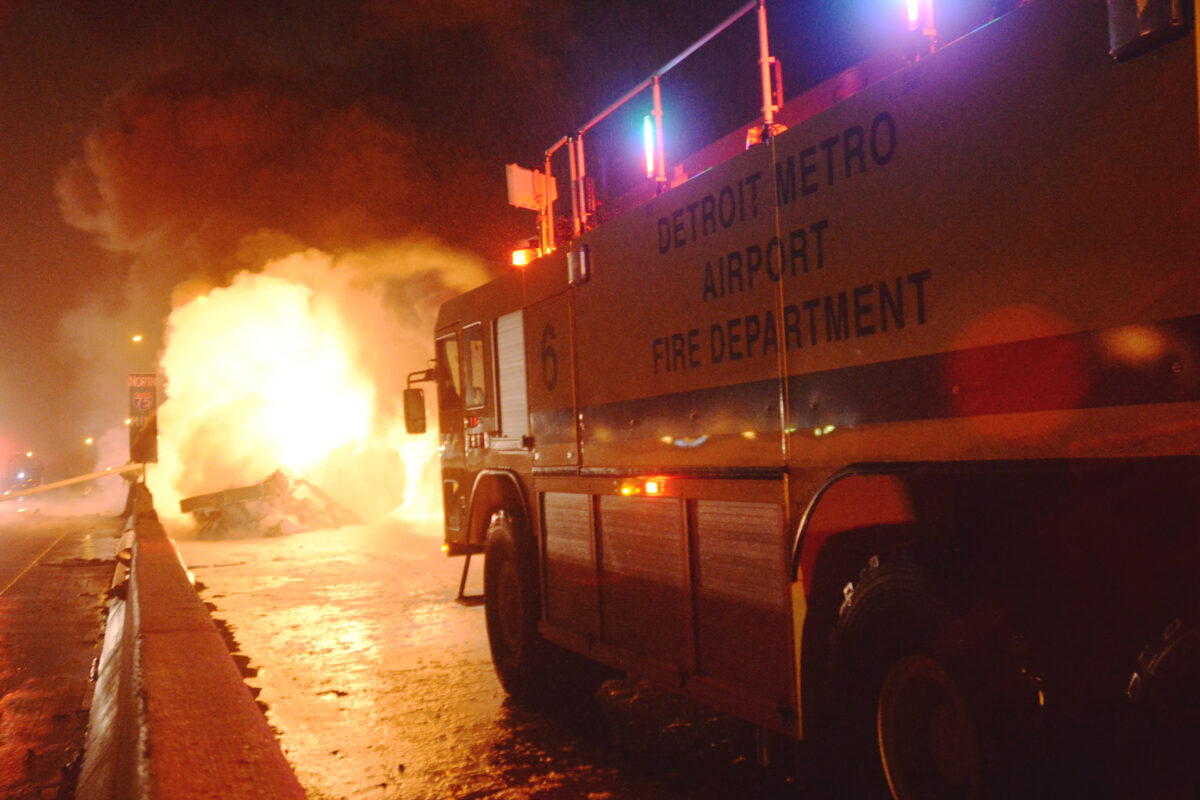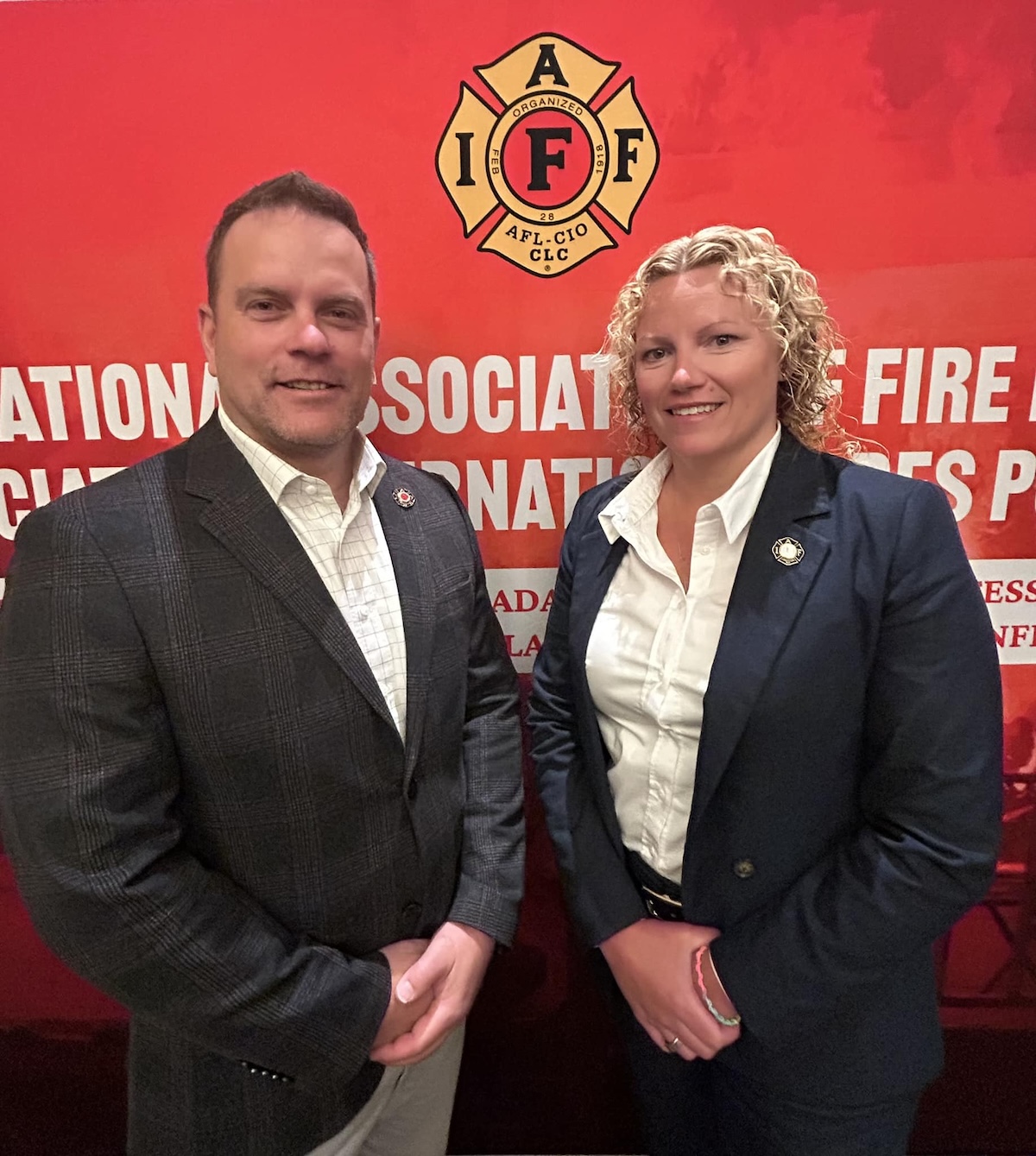President Joe Biden has signed a package of bills into law reauthorizing the Federal Aviation Administration and improving safety at airports for fire fighters and the traveling public. The sweeping legislation, championed by the IAFF, funds a massive grant program to remove AFFF – a common PFAS-laden firefighting foam – from use and replace it with safer PFAS-free foams.
“Removing PFAS foams from our airports will eliminate a dangerous exposure point to the deadly toxin,” General President Edward Kelly said. “These funds will help make our dangerous jobs safer and will protect the communities we serve. It was long overdue. Once again, the Biden administration is putting its money where its mouth is in our battle to eliminate cancer from the fire service. ”
Among the bill’s provisions was the “PFAS Replacement Program for Airports.” This $350 million grant program will help state and municipal airports fund the adoption of PFAS-free, fluorine-free firefighting foam (also called F3). The program will also assist airports’ efforts associated with AFFF cleanup and disposal, and earmark $30 million to replace aircraft rescue and firefighting vehicles that can only operate with AFFF.
Many airports have resisted the move to PFAS-free foam, continuing to needlessly expose fire fighters to the carcinogen. Approximately 500 airports will be eligible for funding through the new program, which opens in early 2025.
These funds will help make our dangerous jobs safer and will protect the communities we serve. It was long overdue. Once again, the Biden administration is putting its money where its mouth is in our battle to eliminate cancer from the fire service.
general president edward kelly
The IAFF also lobbied for a requirement directing the FAA to report to Congress on staffing levels at civilian airports nationwide.
The IAFF’s work to remove AFFF from civilian airports builds on the union’s success pushing the Department of Defense to transition from the PFAS-laden foam. Last year, the DOD published a long-awaited “MILSPEC,” authorizing the use of PFAS-free F3 on military installations.



